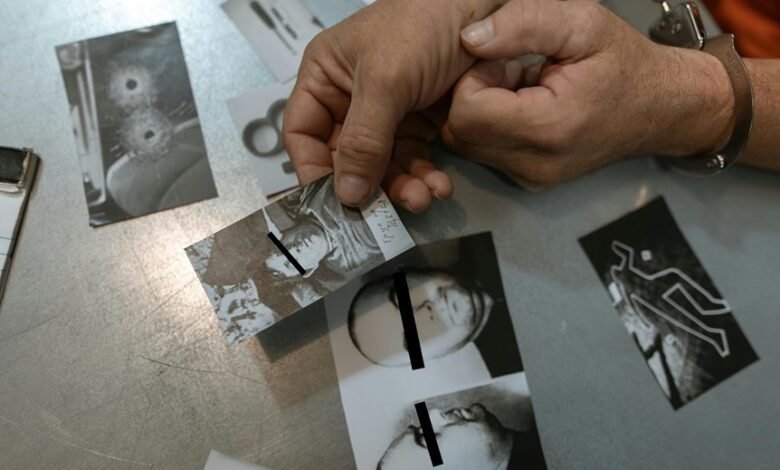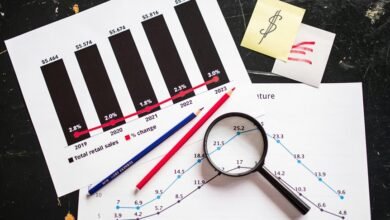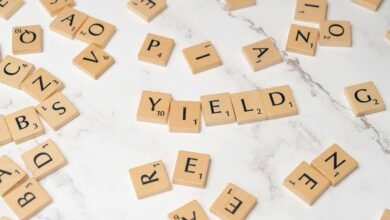Photoscompangante: Como as Imagens Afetam o Processo Judicial

The role of visual evidence in the judicial process is increasingly significant. Images can clarify complex narratives and influence jurors' perceptions. However, the potential for manipulation raises pressing ethical concerns. As courts rely more on visual materials, one must consider how this reliance might distort reality. The implications of these practices warrant careful examination, as they could ultimately impact justice itself. What standards should govern the use of such powerful tools?
The Power of Visual Evidence in Courtrooms
Although legal arguments are traditionally rooted in verbal discourse, the incorporation of visual evidence has increasingly transformed courtroom dynamics.
The visual impact of photographs, videos, and diagrams enhances jurors' understanding and retention of critical information. This shift not only fosters engagement but also empowers the pursuit of justice, as visual evidence often elucidates complex narratives that words alone may fail to convey effectively.
Media Influence: Shaping Public Perception Through Imagery
The role of imagery extends beyond the confines of the courtroom, significantly influencing public perception in legal contexts.
Visual storytelling shapes public opinion by framing narratives that resonate with audiences, often swaying their judgments before a trial concludes.
The strategic use of images in media can amplify emotions and biases, thus impacting societal views and expectations surrounding legal cases, underscoring the power of visual representation.
The Ethical Implications of Using Images in Legal Proceedings
While the incorporation of images in legal proceedings can enhance comprehension and engagement, it also raises critical ethical concerns that warrant careful examination.
Issues surrounding image manipulation pose significant threats to the integrity of judicial outcomes, potentially misleading juries and distorting facts.
Adhering to ethical standards becomes paramount to ensure that visual evidence remains credible and does not compromise the pursuit of justice.
Conclusion
In the courtroom, images serve as both beacon and mirage; they illuminate truths while casting shadows of doubt. As the scales of justice balance precariously, the integrity of visual evidence must be upheld to avoid a descent into a labyrinth of deception. Just as a painter wields their brush with care, so too must legal practitioners navigate the ethical landscape of imagery, ensuring that visual narratives enhance justice rather than distort it, ultimately safeguarding the sanctity of the judicial process.




